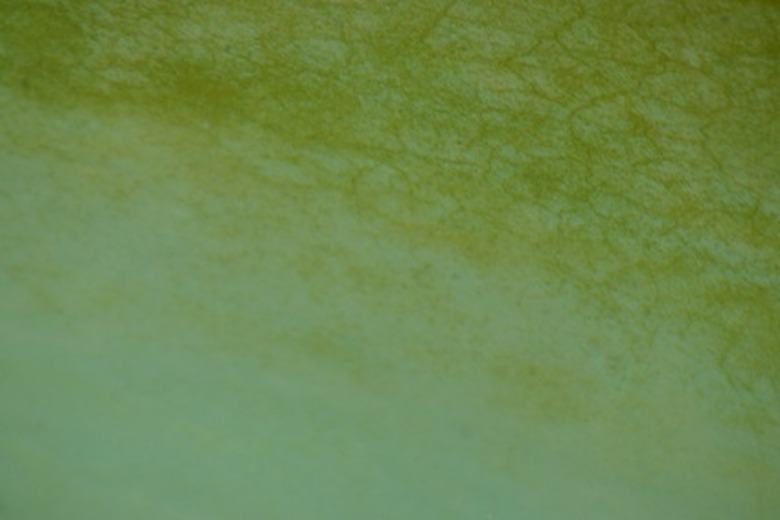How To Clear Up An Above Ground Pool That Is Cloudy
Things Needed
- 5-way pool test strips
- Leaf skimmer
- Pool vacuum
- Chlorine
- Algaecide
Cloudy water in an above ground pool can indicate problems. The cloudiness is commonly caused by visible impurities suspended in the water. These impurities usually are caused by improperly balanced water, poor water filtration or the onset of algae. To clear up cloudy pool water, first determine the cause.
Step 1
Use a 5-way pool test strip to check the alkalinity, pH, chlorine level, stabilization and hardness of the pool water. Dip a test strip into the above ground pool and hold it in the water for approximately 3 minutes, being careful not to fully submerge the entire strip. Pull the test strip from the water and read the results. Adjust the water balance accordingly.
- Cloudy water in an above ground pool can indicate problems.
Step 2
Check your pool's water filter for clogs. Hold your hand in front of the return jet to see how fast the water flows from the jet. Check the pressure reading on the above ground pool filter to determine if the pressure has increased above the starting pressure. Minimal water flow from the jets, along with an increase in pressure of 8 to 10 psi, means the filter needs to be backwashed.
Step 3
Check the color of the pool water. Treat cloudy blue and cloudy gray water by removing dead algae. Use a leaf skimmer to clean the surface of the water and a pool vacuum to clean the dead algae from the bottom of the pool. Treat green and cloudy water by shocking the pool with large amounts of chlorine and adding an algaecide.
- Check your pool's water filter for clogs.
- Use a leaf skimmer to clean the surface of the water and a pool vacuum to clean the dead algae from the bottom of the pool.
Tip
When testing pool water the pH should be 7.2 to 7.8, the chlorine level should be 1.0 to 4.0 ppm, water alkalinity should be 60 to 120 ppm, the stabilizer level should 20 to 50 ppm, and the water hardness should be 200 to 500 ppm. When testing the pool filter, be sure to inspect the filter for tears and holes. Replace the filter if you find any holes.
